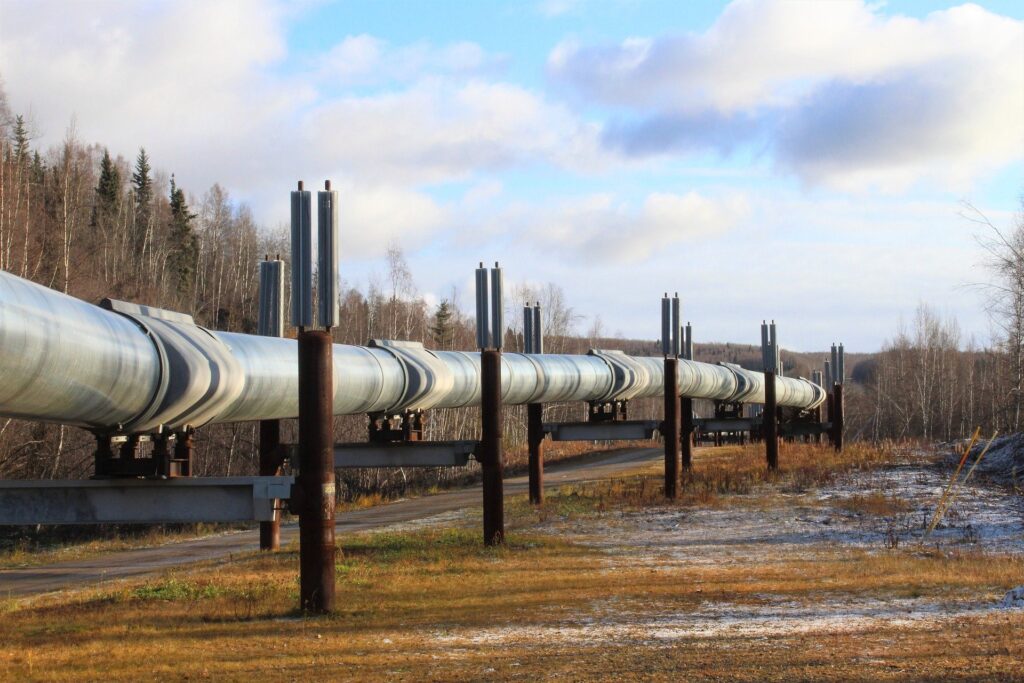By Ian Carruthers and Noel Harper
DISCLAIMER: This blog is intended to inform the reader about how the law was applied in a particular case. It should not be taken as advice regarding the outcome of any other case, even one that may have similar facts. The Court’s decision will depend on the facts of each case. Please call 1-844-210-9511 if you would like to discuss your specific case.
On Monday, I introduced you to a defendant who applied to summarily dismiss a claim on the basis that it was commenced outside of the limitation period. If you haven’t seen the timeline of events and facts of this case, check out Monday’s post here.
When did the Justice rule that the limitation period began to run in the case of R&D Pilot Truck Ltd. v. Vogstad, 2022 ABQB 225?
The correct answer is d) October 2012, when the plaintiff obtained a Land Titles Certificate and first saw a pipeline right-of-way.
Because the plaintiff commenced an action just three months later, on January 29, 2013, it was well within the limitation period and the defendant’s summary dismissal action was denied.
Here is a quick refresher on the Limitations Act:
3(1) Subject to subsections (1.1) and (1.2) and sections 3.1 and 11, if a claimant does not seek a remedial order within, if a claimant does not seek a remedial order within
(a) 2 years after the date on which the claimant first knew, or in the circumstances ought to have known,
(i) that the injury for which the claimant seeks a remedial order had occurred,
(ii) that the injury was attributable to conduct of the defendant, and
(iii) that the injury, assuming liability on the part of the defendant, warrants bringing a proceeding, or
(b) 10 years after the claim arose,
whichever period expires first, the defendant, on pleading this Act as a defence, is entitled to immunity from liability in respect of the claim.
In analyzing this case, Justice Colin C.J. Feasby relied on the Supreme Court of Canada case Grant Thornton LLP v. New Brunswick, 2021 SCC 31, which stated that “a claim is discovered when a plaintiff has knowledge, actual or constructive, of the material facts upon which a plausible inference of liability on the defendant’s part can be drawn,” and asked the question, “in light of his or her own circumstances and interests, at what point could the plaintiff reasonably have brought an action?”
Let’s go over each possible answer to Monday’s question and see why the limitation period did or did not begin on the given dates:
a) July 18th, 2004
On this date, the defendant granted a pipeline right-of-way to an oil and gas company without notifying the plaintiff, with whom the defendant entered a lease to extract gravel from their land. Because the plaintiff was not notified, they could not have had actual or constructive knowledge of the material facts of the defendant’s liability.
b) June 25th, 2005
On this date, the plaintiff initialed the site of a temporary work camp on a map that also showed the pipeline right-of-way. Once again, the plaintiff did not have actual or constructive knowledge under the circumstances surrounding his initialing of the temporary agreement map. Their reasonable expectation was that the defendant would not encumber the gravel lease, or if they did, that they would seek the plaintiff’s consent. The plaintiff was only told about the temporary work camp at this time and not the pipeline right-of-way.
c) The unknown date when the plaintiff first noticed the pipeline had been plowed in
The burden lies with the defendant to prove the facts relating to a limitation defence. The defendant did not bring any evidence showing when the pipeline was plowed in, while they could have potentially brought such evidence to trial.
d) October 2012
This is when the plaintiff obtained a Land Titles Certificate and saw the pipeline right-of-way. The limitation period began once the plaintiff had time, after seeing the pipeline “plowed in,” to conduct reasonable diligence to determine if they had suffered injury and that it was worth commencing an action.
Here, the defendant appears to have relied on the limitations trigger date of June 25th, 2005, the date on which the plaintiff first viewed the map showing the pipeline right-of-way. Justice Feasby did not agree that this event gave the plaintiff actual or constructive knowledge of the pipeline right-of-way. Had the defendant, in the alternative, been able to prove the date on which the plaintiff first noticed the pipeline had been plowed in, this summary dismissal application would have been more likely to succeed, and a trial would not have been necessary.
Legal Malpractice
As seen in this case, expired limitation deadlines and missing evidence are two of the many potential risks in civil litigation. While most unsuccessful cases or applications occur despite a civil litigator’s best efforts, they occasionally result from legal malpractice.
Have you or someone you know possibly suffered a loss due to the negligence of a lawyer or former lawyer? Carruthers Law can help you identify how to repair the damage or, alternatively, help you determine whether you should pursue a professional malpractice claim. Contact us for a complimentary consultation to discuss your situation.

